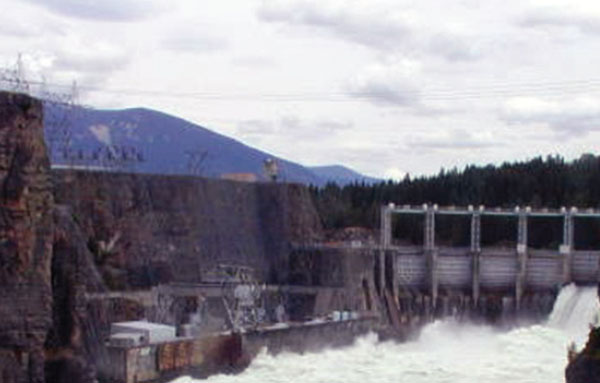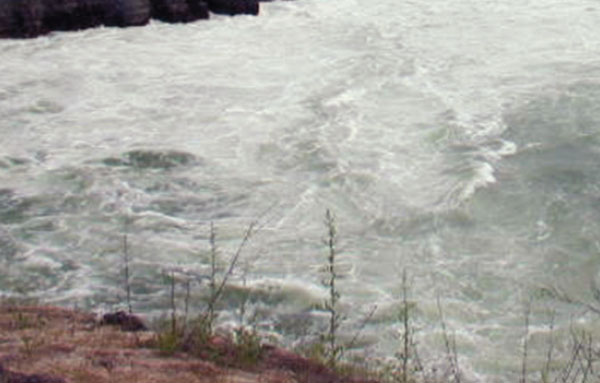Cabinet Gorge and Noxon Rapids Projects


The Cabinet Gorge and Noxon Rapids projects are located on the lower Clark Fork River in Idaho and Montana. During relicensing, a major issue involved the projects’ role in protection of dwindling populations of a number of native salmonid species, most notably bull trout and west slope cutthroat trout. Regulators and stakeholders used the collaborative team approach to address key relicensing issues such as this one, and formed a Fisheries Working Group to address fisheries impacts. The Group viewed basinwide connectivity of these fish stocks as a critical issue, and Avista, formerly Washington Water Power, was required to evaluate and propose mitigative measures to support restoration efforts. However, it was first necessary to develop mitigation and enhancement actions for Avista to commit to.
Kleinschmidt was selected to assist the Fisheries Working Group and Fish Passage Subgroup in the planning process. Kleinschmidt fisheries staff, teamed with K.L. Pratt Consulting, worked closely with the licensee and the Group to develop a management plan which drew upon a forty year adaptive management strategy. The plan incorporated strategies, schedule and budget for tributary and mainstem habitat restoration, genetics, pathogen control, exotic species competition, population monitoring and modeling based on a detailed review of the species’ biology and years of basin sampling data. The plan was designed to provide quantitative feedback at strategic time increments over the forty year plan life so that program managers could measure progress toward goals, modify the plan as necessary, and strategically budget and implement long term strategies such as fish passage.
Kleinschmidt was able to finalize the plan, thus streamlining the licensing process, and also develop a management plan which has a win/win outcome for all parties. Idaho and Montana fishery agencies, and all members of the Fisheries Working Group and Fish Passage Subgroup closely reviewed the plan prior to acceptance. The plan was incorporated into project license applications and serves as the comprehensive and long-range interstate restoration plan for these important fisheries resources in the river basin.
